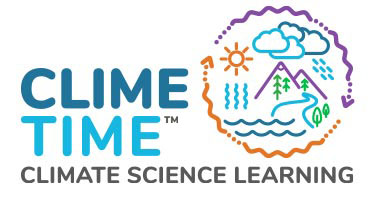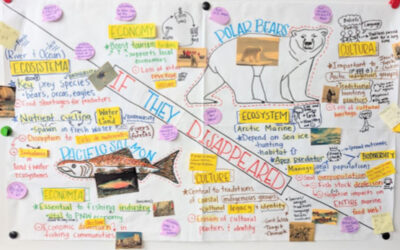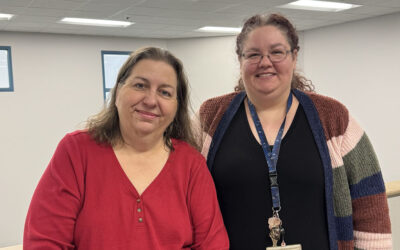Ask any teacher from a rural school district if they feel they have adequate opportunities for quality professional development in their community and most will tell you they do not. They will likely follow that up with a request, not for themselves, but for their students, asking for quality lessons and resources that they can take back to their classrooms to deepen their students’ understanding of the world around them.
On December 10, Washington Green Schools was delighted to partner with ESD 123 to host their latest STEM Seminar, Fire and Our Future, in Dayton, Washington. 18 elementary and middle school teachers made their way through miles of dense fog and fields full of wheat straw Tuesday morning to participate in a training that explored the relationship between climate change and local wildfires. Many teachers enjoyed the relevant focus of the training. One noted: “I loved the phenomenon of local wildfires grounding us in a great exploration of the NGSS practices. It was nice to get a phenomenon that was not Puget Sound based and allowed us to discuss and envision change in our own community.”
In addition, teachers discovered that it was not just the direct threat of fires, but rather circumstantial factors that impacted their communities. For example, teachers learned that earlier snowmelt in the Cascades could mean more drought-like conditions for eastern Washington and a higher risk of megafires close to home.
Teachers also engaged with Tom Schoenfelder, a Wildland Fire Operations Technician at the Department of Natural Resources, who has spent nearly two decades fighting local fires and managing forests in the Blue Mountains. Teachers were able to leverage his local expertise fighting wildfires and model how climate change impacts the frequency and intensity of fires.




